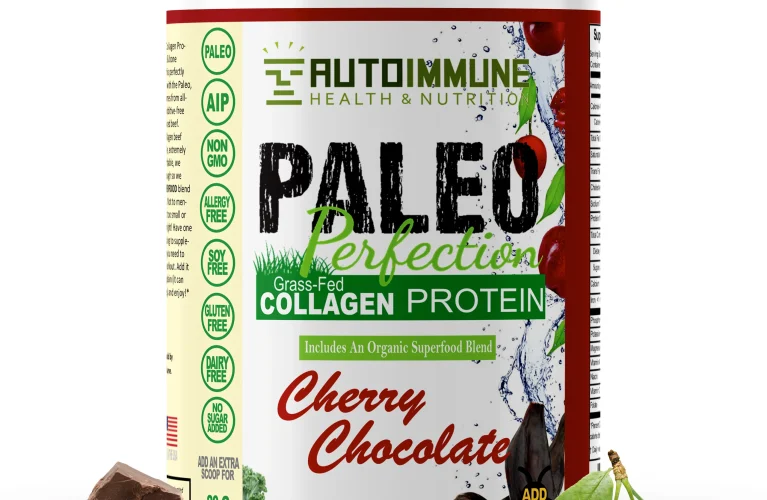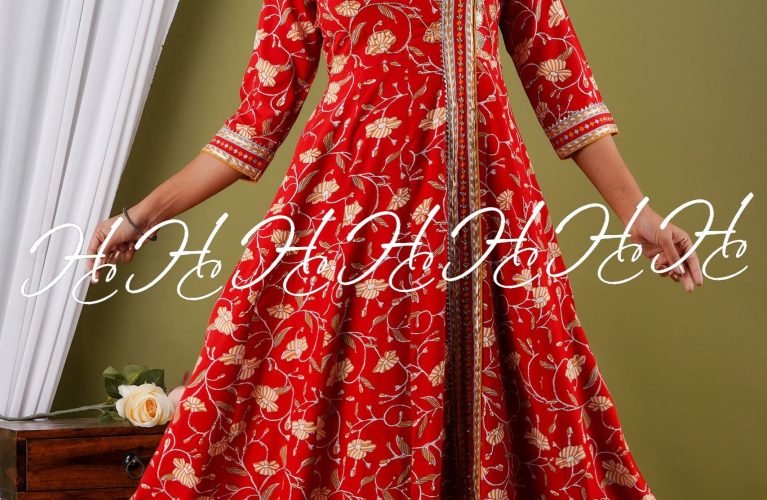
In today’s fast-paced world, reconnecting with nature has become more essential than ever. Whether it’s a sprawling commercial space or a cozy urban corner, green environments offer a refreshing escape from the concrete jungle. One of the most exciting trends in landscaping and retail gardening is the strategic development of garden center layout design and indoor botanical garden design. These concepts are reshaping how we interact with plants, improving both customer experience and horticultural appreciation.
Understanding Garden Center Layout Design
Garden center layout design is more than just arranging pots and plants in a visually appealing manner—it’s a thoughtful approach that maximizes functionality, aesthetics, and customer flow. When designed properly, it ensures that every square meter is optimized to encourage purchases, create memorable shopping experiences, and streamline operations.
An efficient layout incorporates elements like wide walkways, visible signage, shaded areas, and distinct plant zones. It also accounts for logistics, such as irrigation, drainage, and inventory accessibility. Moreover, a successful garden center layout design tells a story. From entry points to checkout zones, each step of the customer journey should feel intuitive and inspiring.
Modern trends lean toward thematic layouts that simulate actual garden setups—such as Mediterranean patios, tropical escapes, or sustainable native gardens. These immersive displays not only showcase the plants but also demonstrate how customers can recreate the designs in their own spaces.
Indoor Botanical Garden Design: Bringing Nature Inside
Unlike outdoor gardens, indoor botanical garden design demands a keen understanding of lighting, humidity, temperature control, and spatial planning. Whether it’s for a commercial building, hospital, educational institution, or private residence, these gardens bring tranquility and beauty indoors while promoting environmental consciousness.
Key aspects of indoor botanical garden design include plant selection, architecture integration, and atmosphere control. Designers must consider which plant species thrive indoors, how they interact with artificial or natural light, and what kind of maintenance is required. Elements like vertical gardens, terrariums, living walls, and indoor greenhouses are becoming increasingly popular. These installations can serve both decorative and functional purposes—improving air quality, reducing stress, and even enhancing workplace productivity.
Incorporating natural materials, soothing water features, and artistic lighting helps in creating a peaceful ambiance. Additionally, sustainable practices such as using recycled water systems and native plant species align with today’s eco-conscious values.
Integrating Both Designs for a Seamless Experience
What makes the combination of garden center layout design and indoor botanical garden design particularly impactful is their ability to transform both commercial and personal environments. Imagine walking into a garden center where the layout not only guides you through a shopping experience but also educates and inspires. At the same time, picture a retail or hospitality space that uses indoor greenery as an integral part of its aesthetic appeal.
For businesses, integrating both types of designs creates a competitive edge. Customers are more likely to engage with brands that offer immersive, nature-driven experiences. For instance, showcasing live indoor garden setups within a garden center can give customers a visual cue on how to style their homes or offices. It turns a product into a lifestyle proposition.
This is where expert consultation becomes crucial. Companies like Garden Center Advice specialize in turning green dreams into reality. Their professional guidance ensures that the layout and indoor designs meet both commercial objectives and aesthetic desires.
Overcoming Design Challenges
Designing effective green spaces isn’t without its challenges. In garden center layout design, common issues include overcrowding, poor signage, and lack of flow. These can overwhelm visitors and diminish the shopping experience. On the other hand, indoor botanical garden design often faces constraints such as limited natural light, inadequate ventilation, and space limitations.
To overcome these, designers employ innovative strategies. For instance, using modular shelving systems, installing smart irrigation, and incorporating hydroponics allow flexibility and adaptability. In indoor gardens, LED grow lights, misting systems, and energy-efficient climate controls help plants flourish regardless of the environment.
The Growing Importance of Green Design
As urban spaces become more congested, the value of intentional greenery increases. More consumers and businesses are recognizing the physical and mental health benefits of plants. From reduced anxiety and increased focus to improved indoor air quality, the science behind green spaces supports their growing popularity.
Furthermore, the rise of biophilic design—where natural elements are integrated into architectural planning—has placed indoor botanical garden design at the forefront of modern construction. Similarly, retailers are investing more in customer-centric garden center layout design that promotes longer dwell times and increased purchases.
Final Thoughts
Designing with greenery is no longer a luxury—it’s a necessity. Both garden center layout design and indoor botanical garden design offer innovative ways to transform spaces, connect with nature, and improve overall wellbeing. Whether you’re a business owner, designer, or plant enthusiast, understanding and applying these concepts will help you create thriving green environments.
Let the experts guide you in your journey toward green excellence. With years of experience in optimizing space and cultivating aesthetic harmony, Garden Center Advice can help bring your vision to life, blending beauty with function in every corner. Investing in smart, sustainable, and strategic garden designs is a choice that benefits people, planet, and profit alike.









